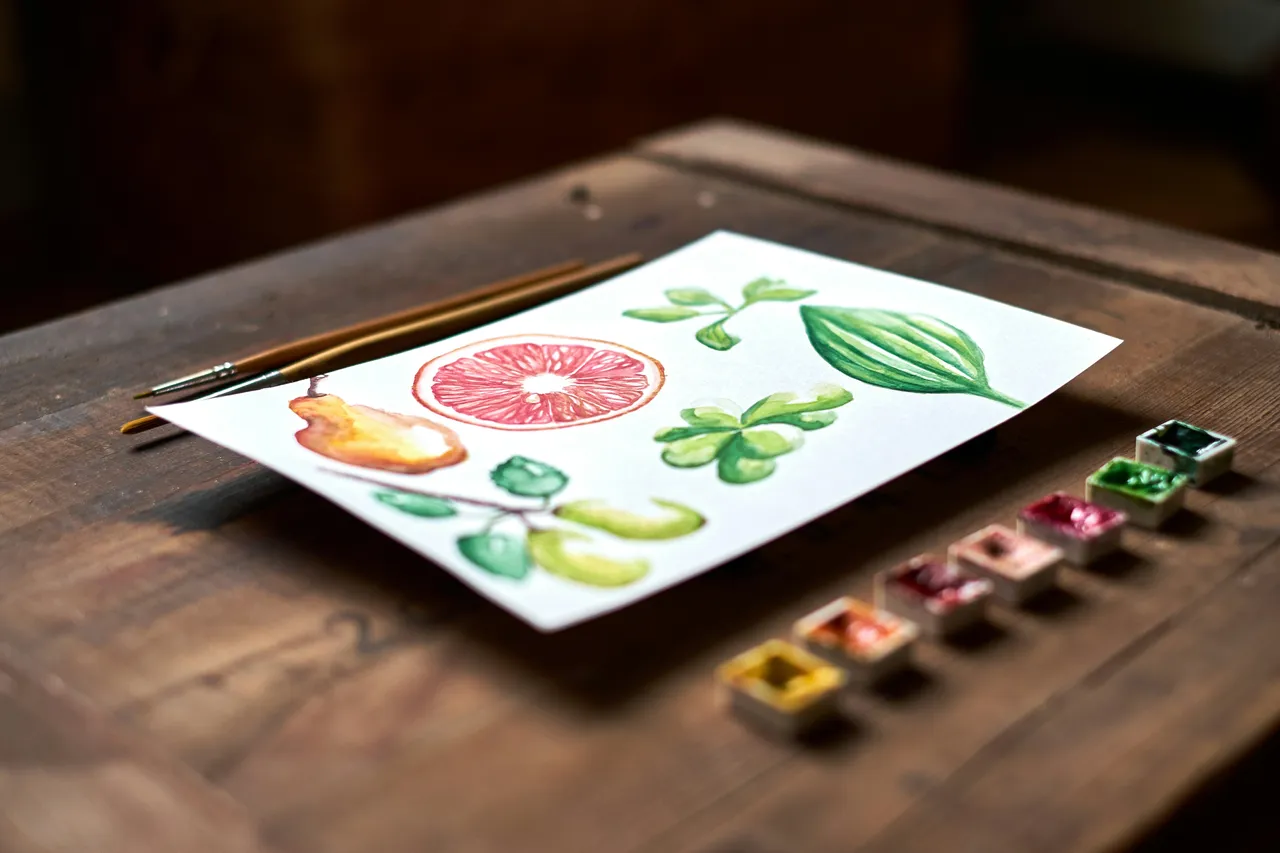
Eco-Friendly Art: Creating Masterpieces with Sustainable Materials
In today’s world, where sustainability is more important than ever, artists are finding innovative ways to blend creativity with eco-friendliness. This article explores how to create masterpieces using sustainable materials, ensuring your art is not only beautiful but also kind to our planet.
Embracing Sustainable Materials
The journey towards creating eco-friendly art starts with selecting the right materials. Sustainable art materials are those that are recycled, upcycled, or derived from renewable resources. This not only reduces waste but also decreases the demand for raw, often non-renewable resources. Artists can source materials from thrift stores, recycling bins, or nature itself, using items like reclaimed wood, natural dyes, and recycled metals.
Choosing eco-friendly materials encourages a cycle of sustainability. It prompts artists and viewers alike to consider the lifecycle of the materials used. This consciousness can transform how we view art, from a static piece to a dynamic reflection of our interaction with the environment.
Techniques for Sustainable Art
The technique is as crucial as the material itself. Many artists are turning to age-old techniques that have minimal environmental impact, such as hand painting, sculpting with natural clay, or weaving with organic fibers. These methods not only reduce the carbon footprint associated with the production of art but also connect the artist more deeply with their craft.
Modern technology also offers eco-friendly art techniques. Digital art, for example, produces no physical waste, and when powered by renewable energy, its environmental impact can be minimal. This fusion of technology and sustainability opens new avenues for artists to explore their creativity without harming the planet.
The Role of the Artist in Sustainability
Artists have a unique position to influence and inspire change. By choosing to work with sustainable materials and techniques, artists send a powerful message about the importance of protecting our environment. Eco-friendly art can be a tool for education, raising awareness about sustainability issues, and encouraging viewers to consider their environmental footprint.
Moreover, artists can advocate for sustainability by participating in community projects, such as murals made with eco-friendly paints or installations using recycled materials. These public artworks make the concept of sustainability accessible to a broader audience, fostering a community-wide appreciation for eco-friendly practices.
Future of Eco-Friendly Art
The future of eco-friendly art is promising, with more artists and institutions recognizing the importance of sustainability in the creative process. As awareness grows, so does the availability of sustainable materials and resources. This trend towards eco-conscious art not only benefits the environment but also enriches the art world by introducing diverse materials and narratives.
As we move forward, the integration of sustainability in art will likely become a standard, rather than an exception. This shift presents an exciting opportunity for artists to innovate and for audiences to engage with art in more meaningful, environmentally responsible ways.
Creating art with sustainable materials is not just an act of creativity; it’s a commitment to our planet. By embracing eco-friendly practices, artists can lead the way in making the world a better, more sustainable place—one masterpiece at a time.
This article was developed using available sources and analyses through an automated process. We strive to provide accurate information, but it might contain mistakes. If you have any feedback, we'll gladly take it into account! Learn more

